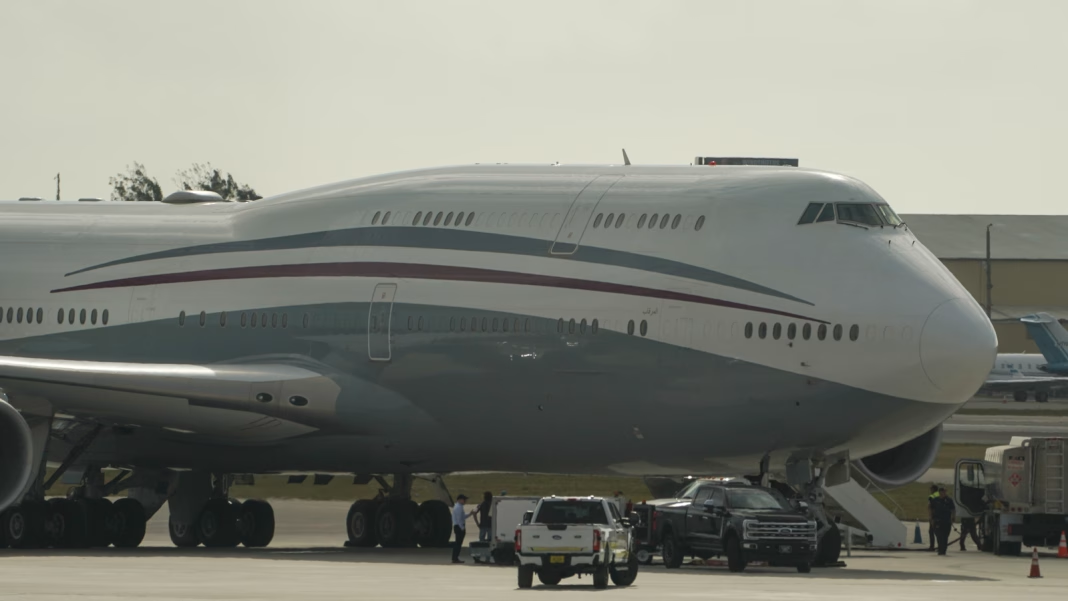Transforming a standard aircraft into Air Force One is no small feat. It’s not just about slapping on a flashy gold paint job and calling it a day. The reality is far more complex and costly, with estimates suggesting that taxpayers could be on the hook for nearly $1 billion to make it happen. Let’s dive into what this transformation entails and why it’s such a hefty investment.
What Goes Into Upgrading a Plane to Air Force One?
First off, let’s talk about the basics. Air Force One isn’t just a plane; it’s a flying fortress equipped with advanced technology and security features that ensure the safety of the President of the United States. This includes everything from secure communication systems to defensive measures against potential threats.
Imagine needing to retrofit an aircraft with state-of-the-art radar systems, missile defense capabilities, and secure satellite communications. Each of these upgrades requires extensive engineering and testing, which adds to the overall cost. The aircraft must also be able to withstand various emergencies, making redundancy in systems crucial.
How Much Does It Really Cost?
When you hear figures like $1 billion, it might sound outrageous, but let’s break it down. The base cost of a new aircraft, such as a Boeing 747-8, can be around $400 million. However, that’s just the starting point. The additional modifications and security enhancements can easily double or triple that figure.
For instance, the previous Air Force One models underwent extensive modifications that included everything from reinforced hulls to advanced avionics. These upgrades are not just about luxury; they’re about ensuring that the President can operate safely and effectively from anywhere in the world.
What About the Logistics?
Beyond the technical upgrades, there are logistical challenges to consider. The aircraft needs to be staffed with highly trained personnel, including pilots and security teams. The operational costs for maintaining such a sophisticated aircraft also add up quickly. Regular maintenance, fuel, and training for the crew are ongoing expenses that taxpayers must cover.
Moreover, the timeline for such a project can stretch over several years. It’s not just a matter of making a few changes and putting the plane into service. Each modification must be carefully planned, tested, and certified, which can lead to delays and increased costs.
Why Is It Worth It?
You might wonder if all this expense is justified. The answer lies in the unique role Air Force One plays. It’s not just transportation; it’s a symbol of American power and prestige. The aircraft must project strength and security while allowing the President to conduct business effectively, even in the air.
In times of crisis, having a secure and reliable means of transportation is vital. Air Force One is designed to ensure that the President can respond to emergencies without delay, making the investment in its capabilities a matter of national security.
What Can We Learn From This?
The big takeaway? Transforming a plane into Air Force One isn’t about perfection—it’s about smarter adjustments. While the costs may seem staggering, they reflect the importance of security and functionality in a role that’s critical to the nation.
If you’re looking to make changes in your own life, consider starting with one small adjustment this week. Whether it’s improving your workspace or enhancing your skills, you’ll likely spot the difference by month’s end. Just like Air Force One, it’s all about making thoughtful investments that lead to significant outcomes.


